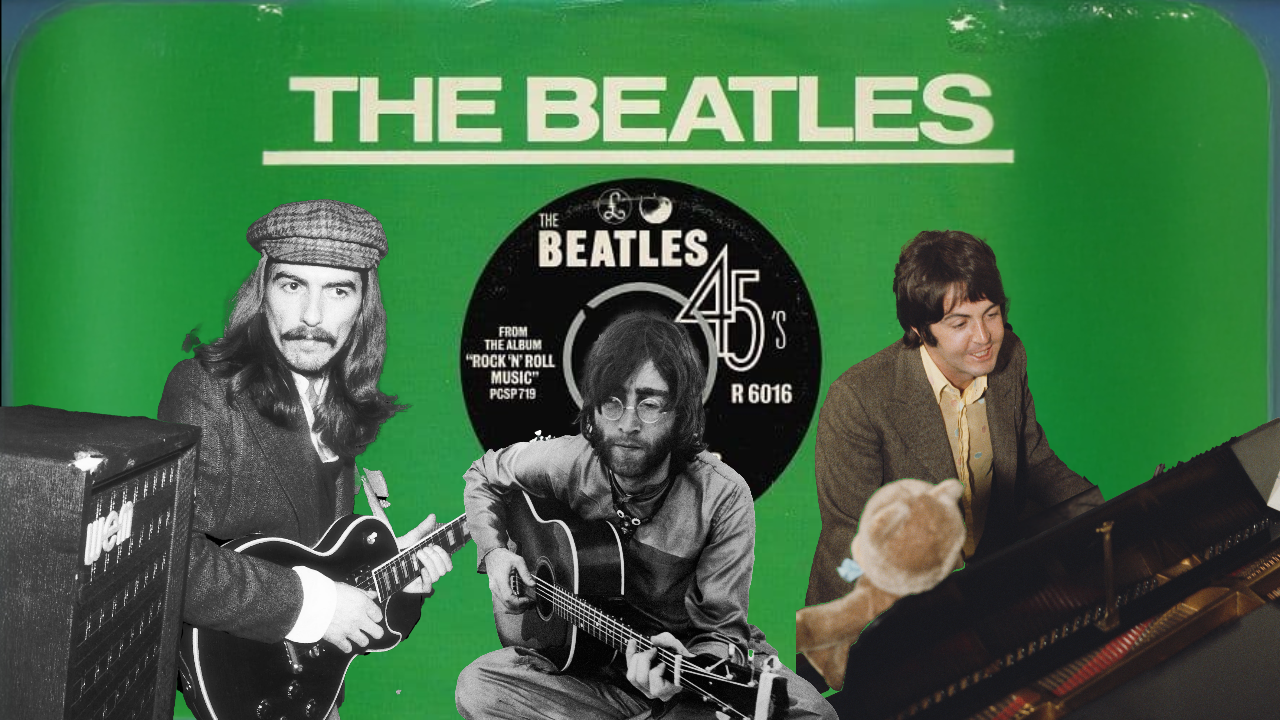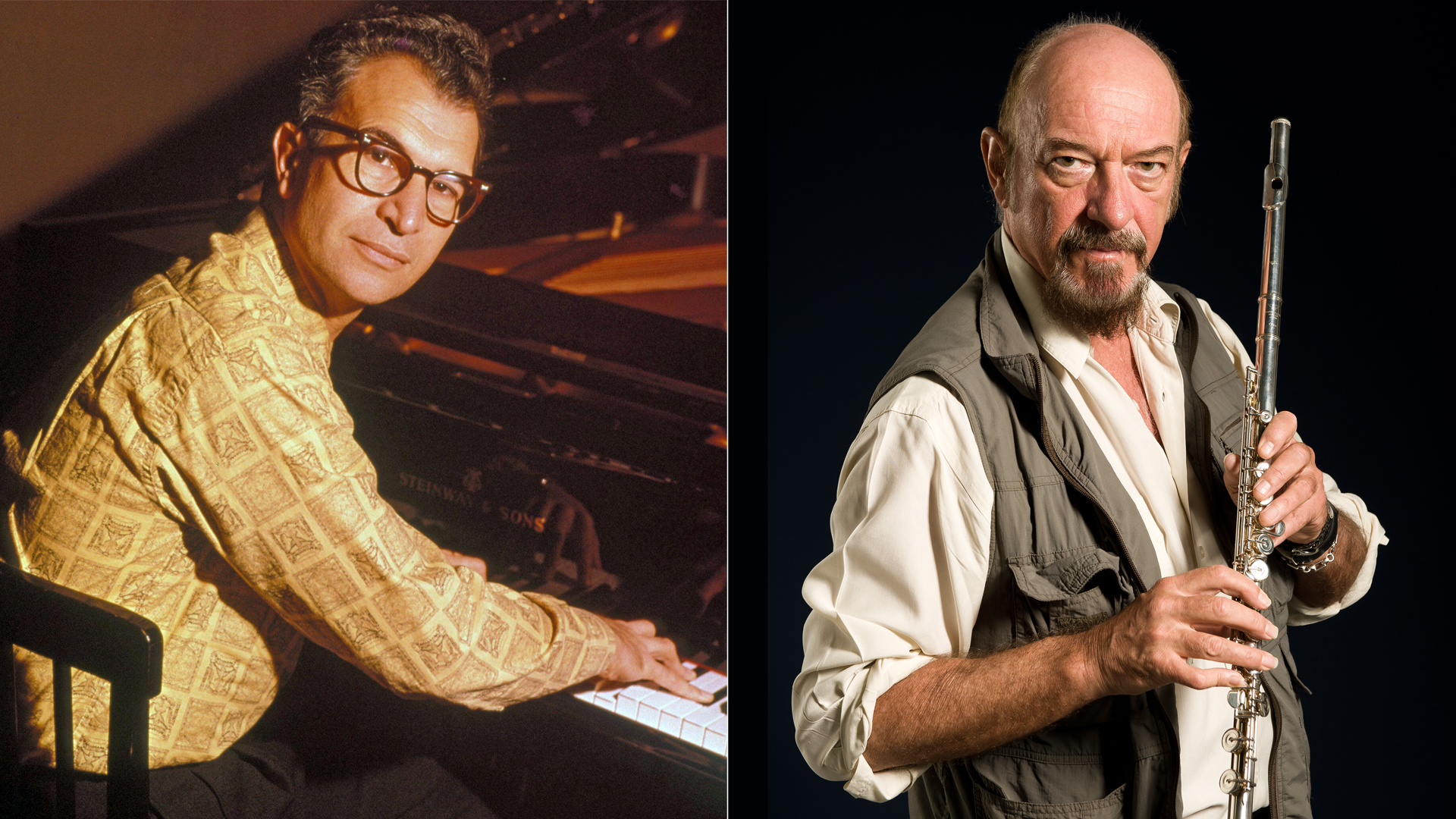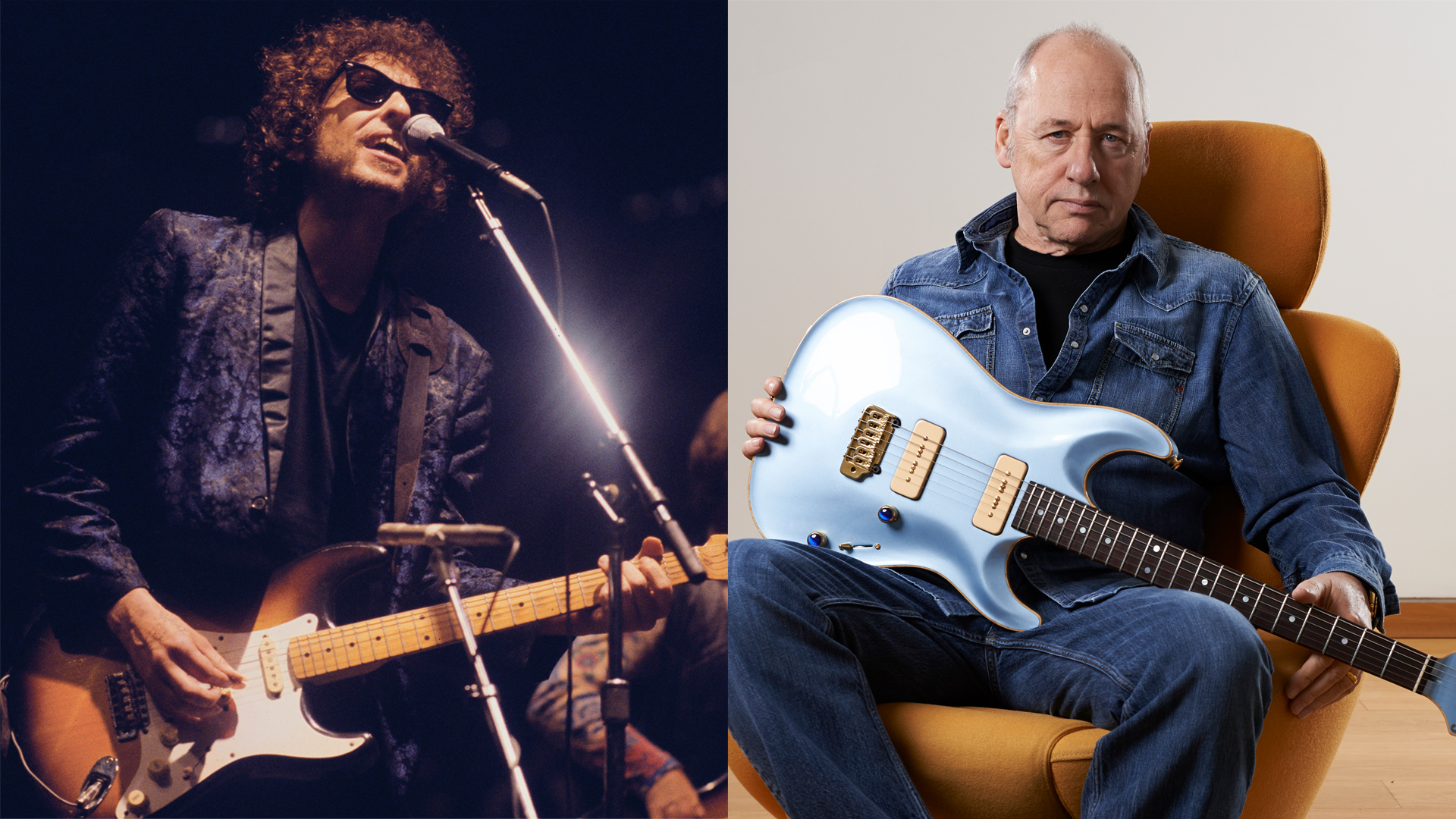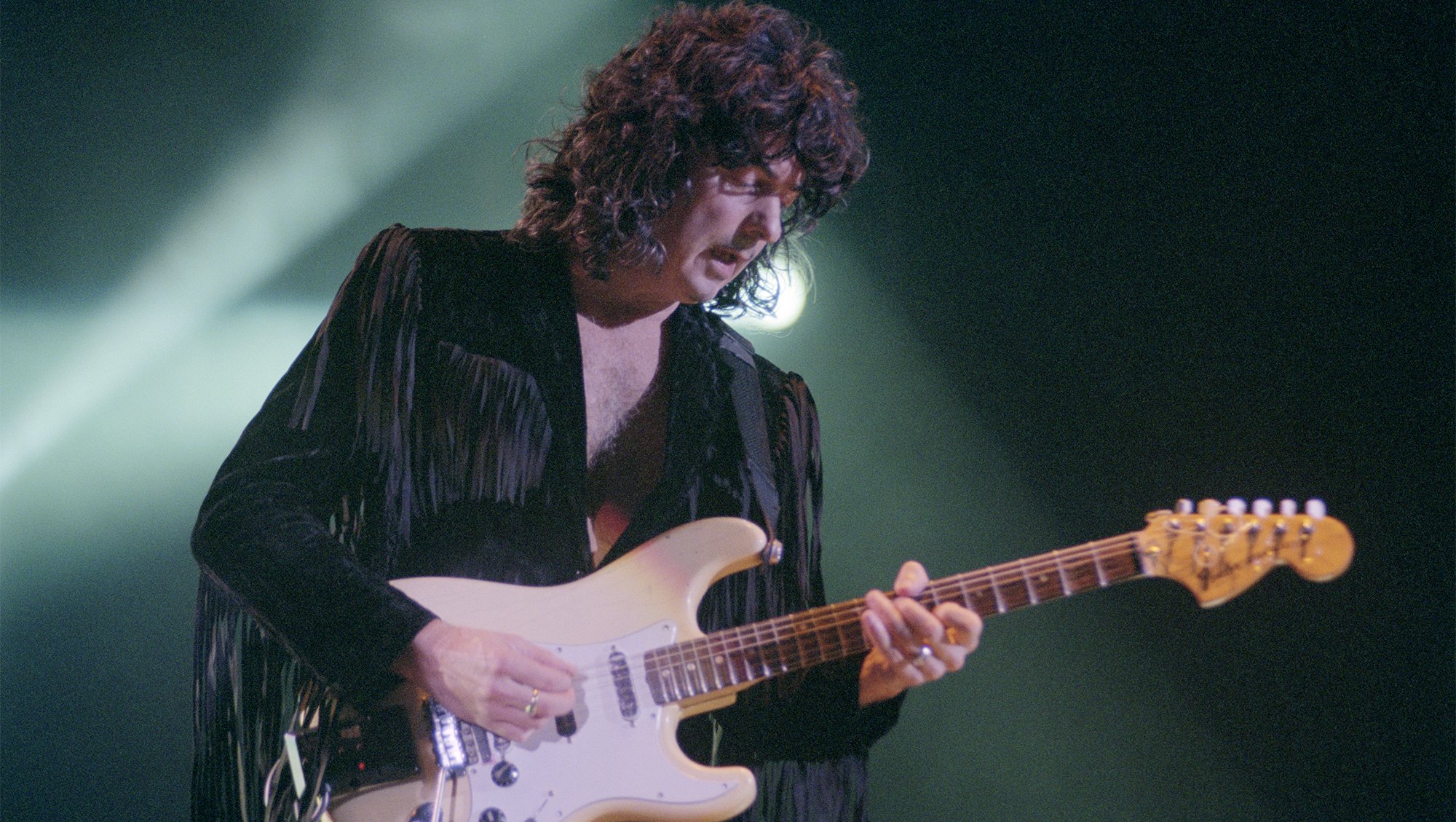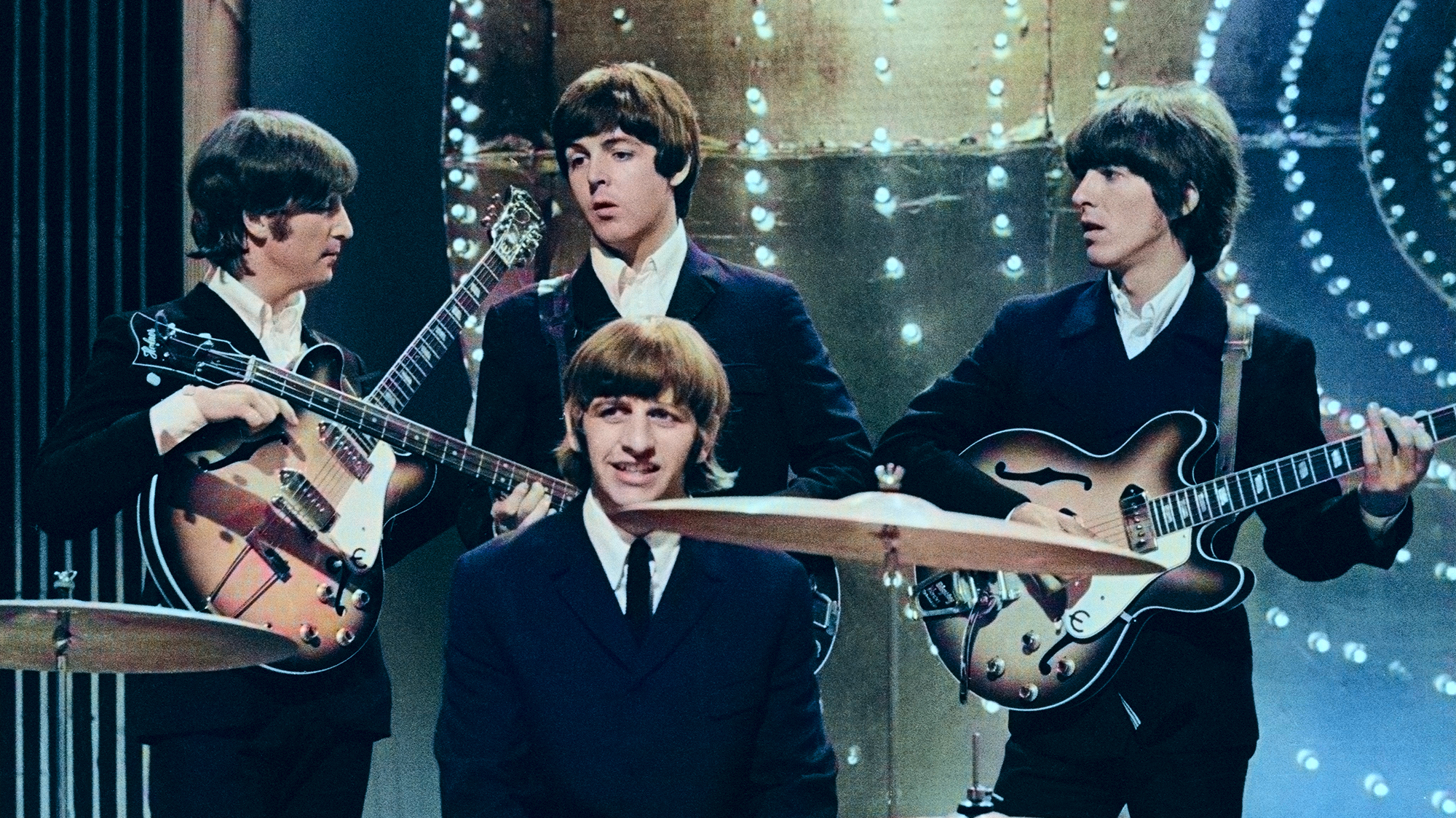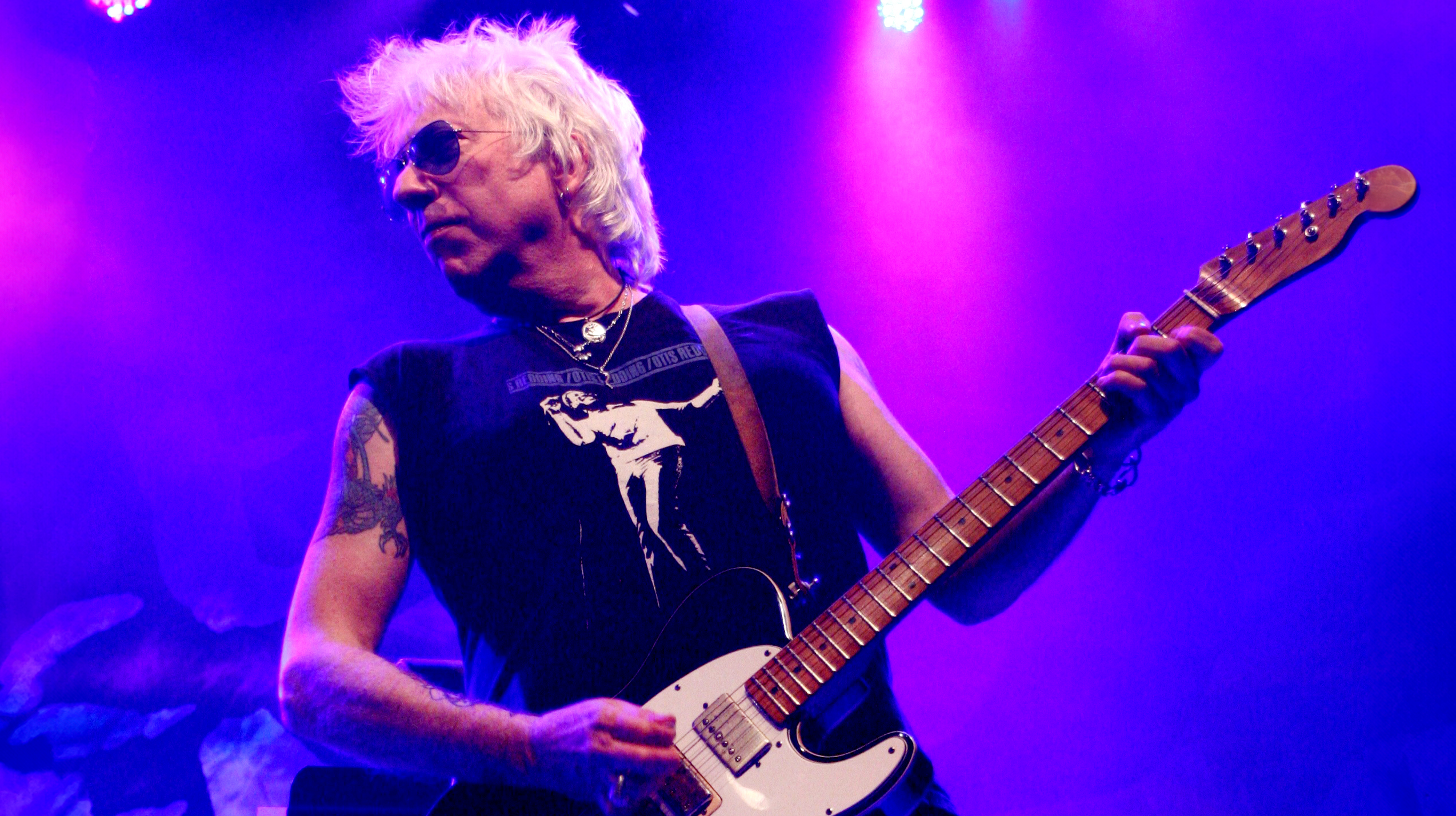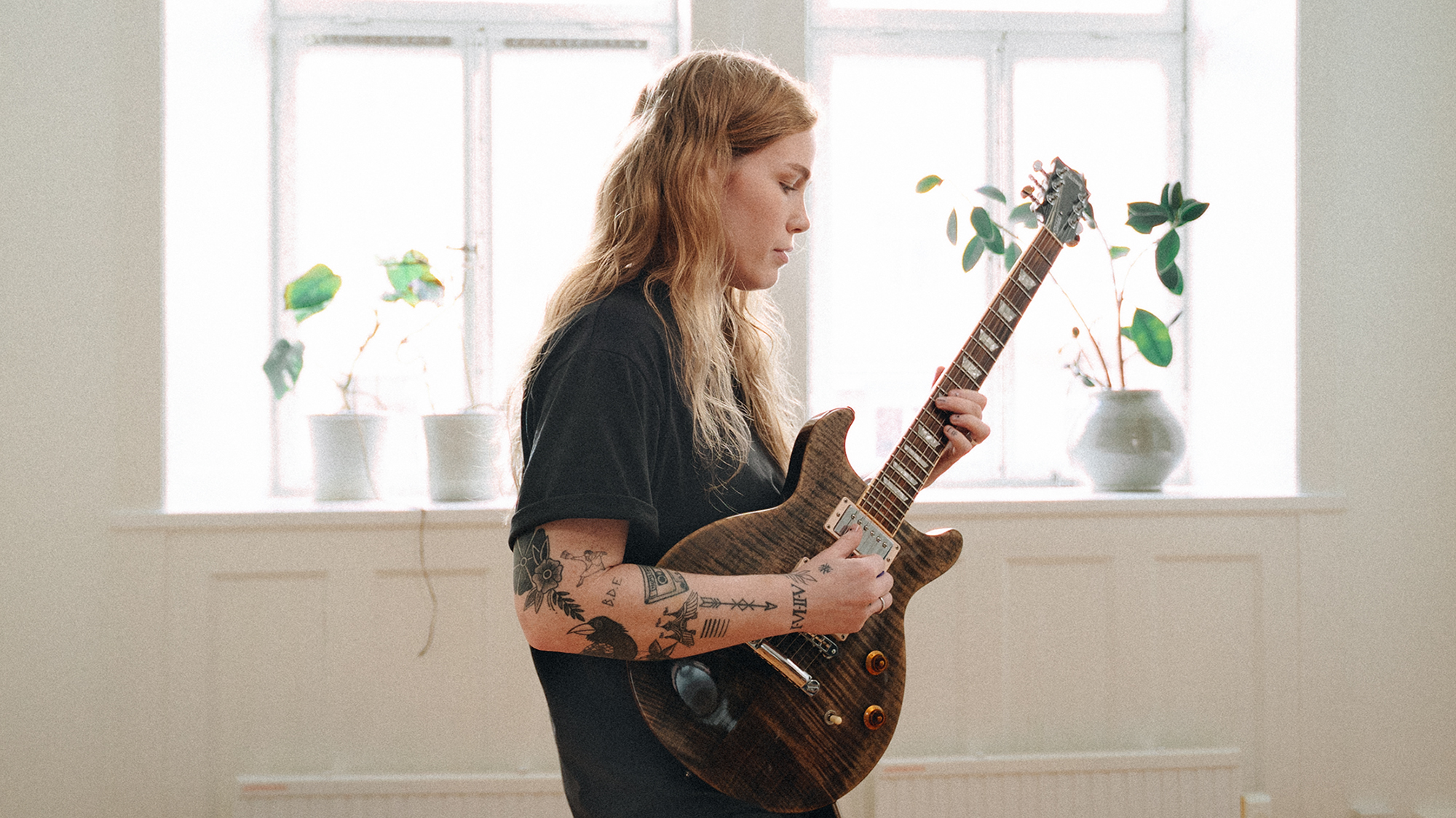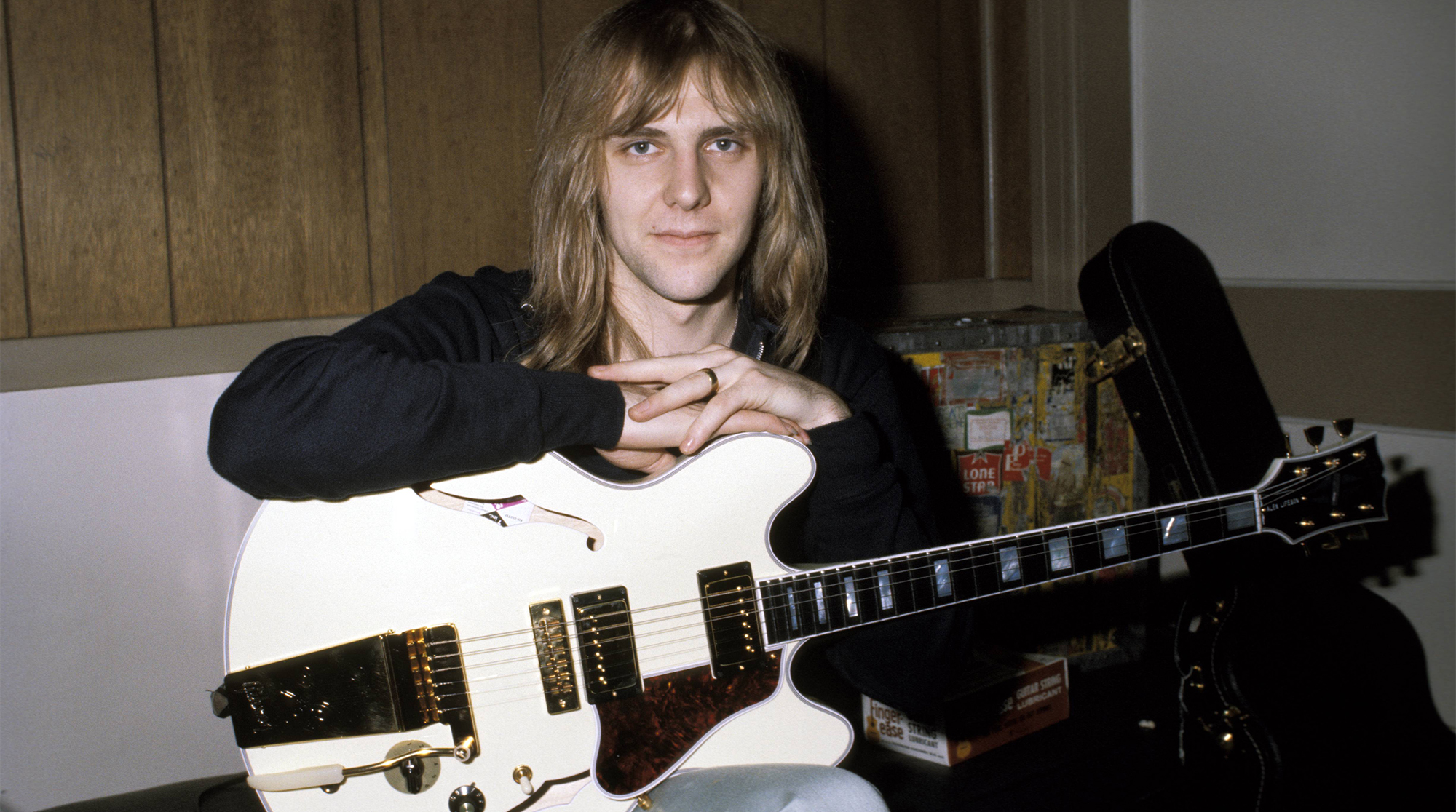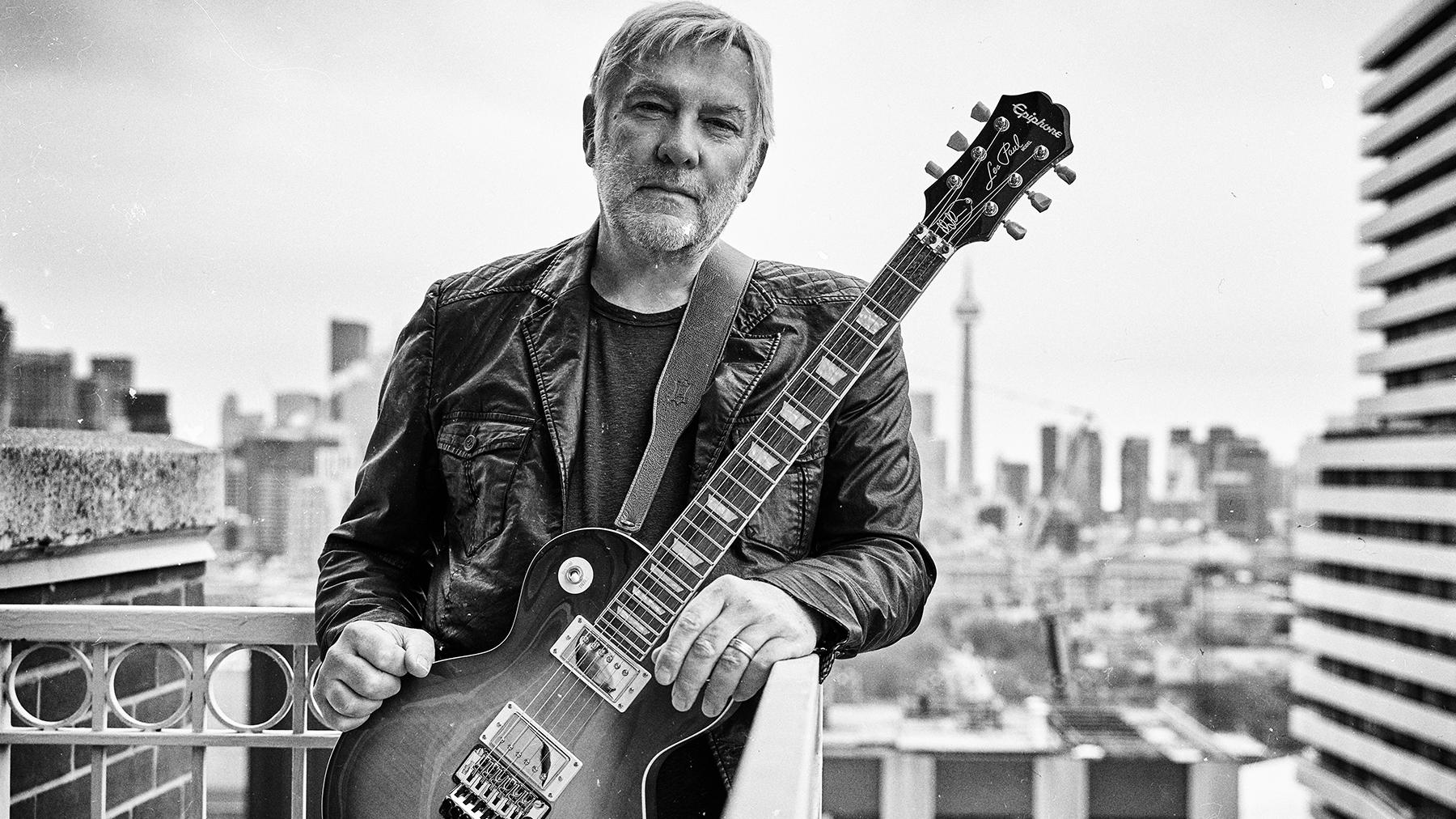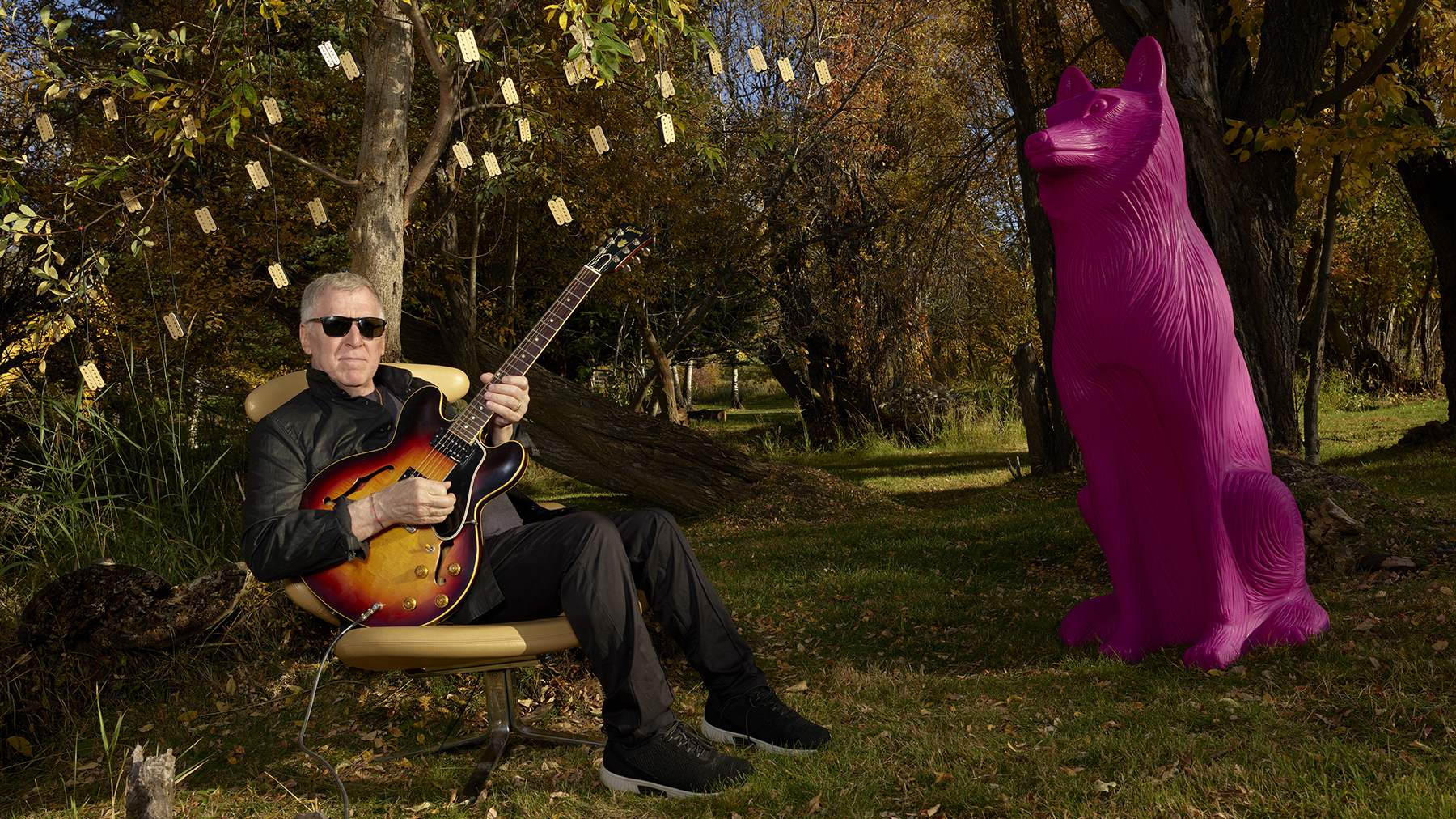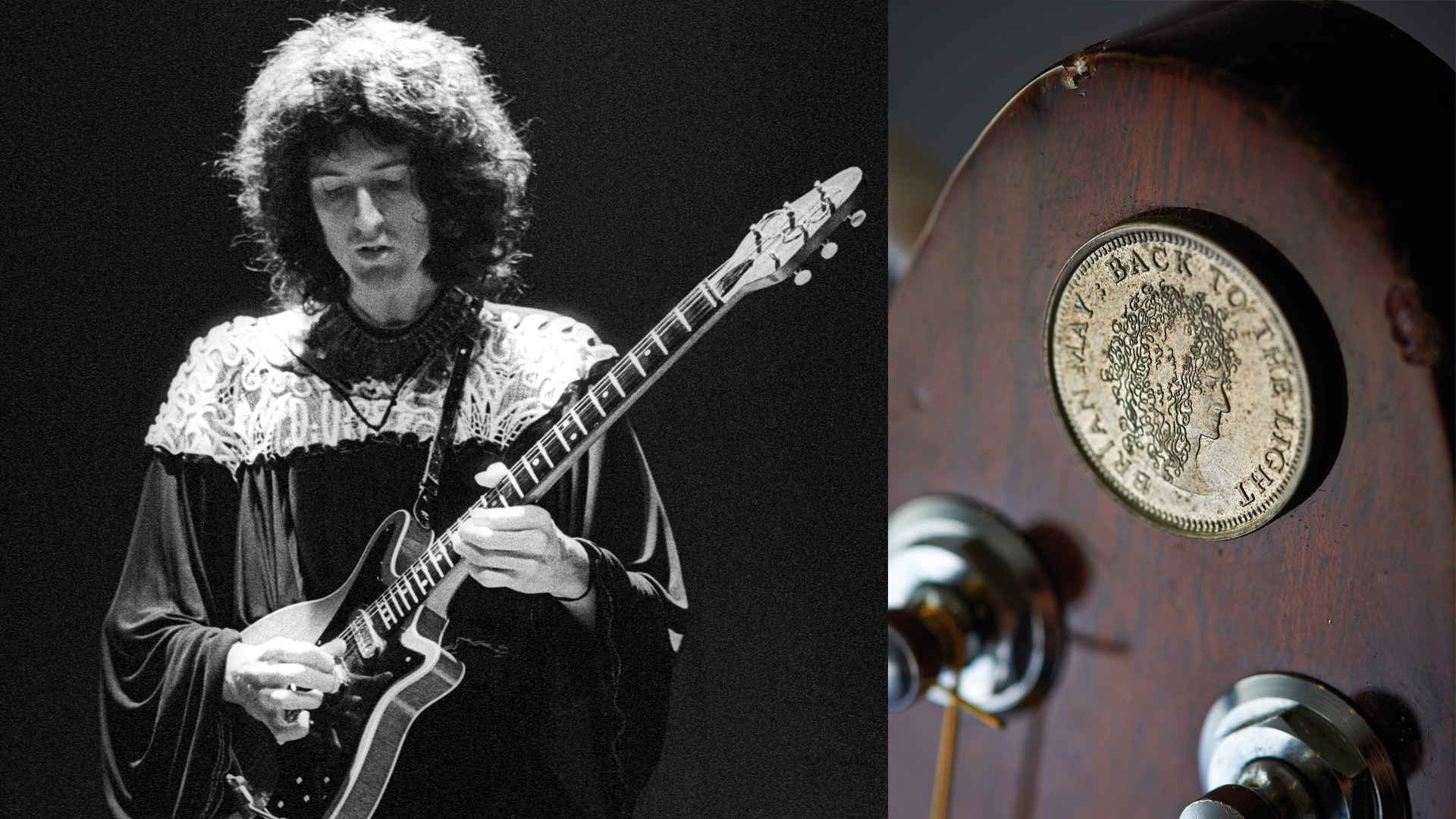“I would hear Randy pick up the classical guitar. I’d say, ‘You can play that!?’ He said, ‘Yeah, that’s my first instrument.’” Rudy Sarzo on Randy Rhoads, Steve Vai and other guitar greats he’s played with
The bassist says what unites all these players is a desire to be challenged
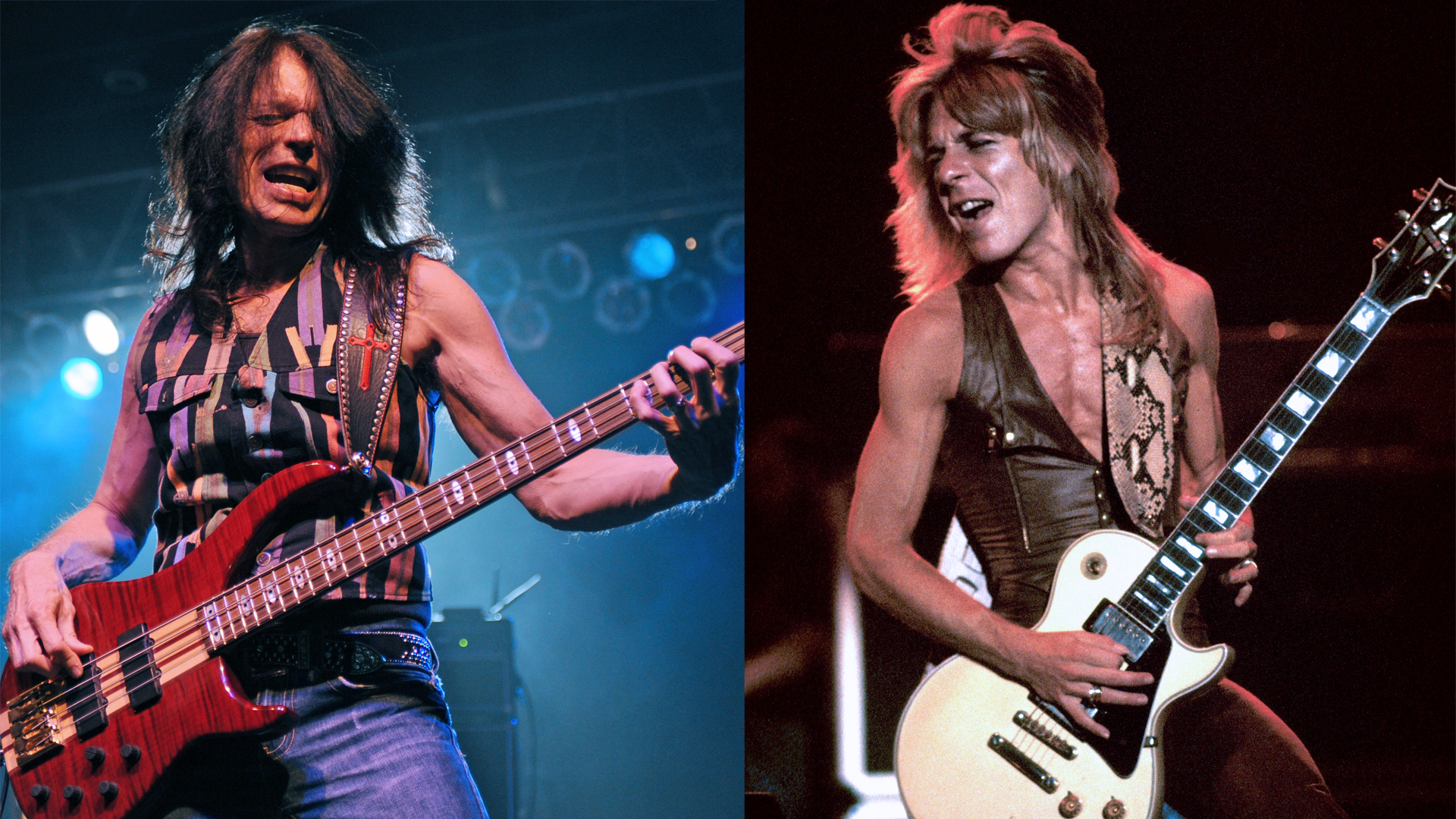
Rudy Sarzo is one of the most respected bassists in all rock and heavy metal. He’s also of the kindest, and busiest, players in the biz. As bassist with Quiet Riot and Ozzy Osbourne, Sarzo worked — and was good friends with — Randy Rhoads, whom he holds in the highest esteem.
If you follow Rudy on social media, you’ve certainly seen one of his many tributes to Rhoads. Beyond Randy Rhoads, Sarzo has held court alongside other great guitarists, like Carlos Cavazo in Quiet Riot, Brad Gillis in Osbourne’s band, Tony MacAlpine in the supergroup M.A.R.S., Adrian Vandenberg and Steve Vai in Whitesnake, Doug Aldrich in Dio, Alex Grossi in Quiet Riot, and many others.
Dealing with that level of varied virtuosity isn’t easy, but Sarzo has it dialed in.
“What’s the key?” he asks. “With virtuosi guitar players — and all the musicians that I’ve played with — it’s about being challenged.
“I really like being challenged,” he adds. “I really enjoyed learning from all of them, both musically and as human beings.”
During a break in his schedule, Rudy spoke with Guitar Player to share his thoughts on a handful of the iconic six-string heroes he has played alongside during his 50-year career.
Randy Rhoads
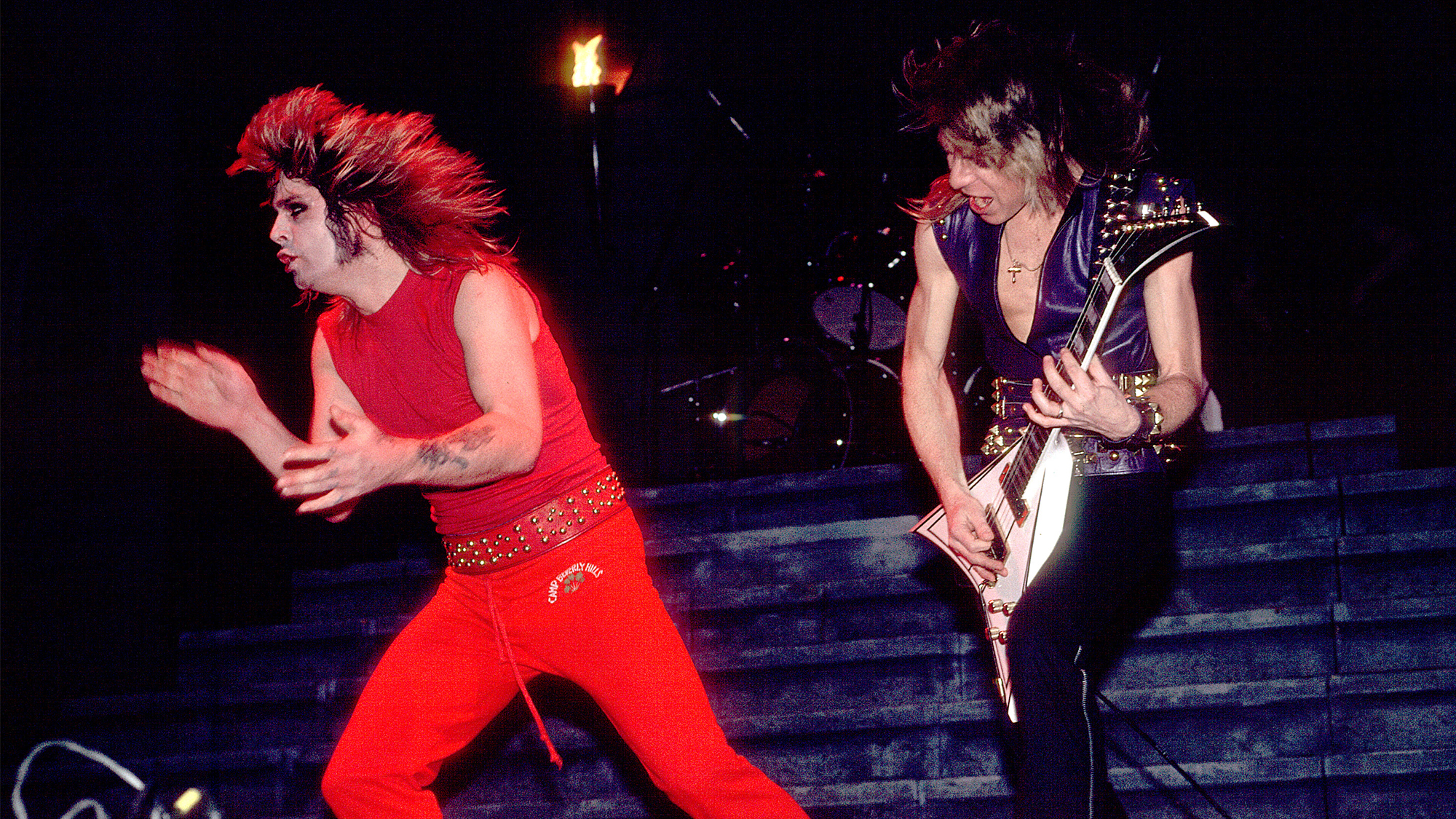
“When I joined Quiet Riot with Randy in 1978, there was a certain standard of musical style on the Sunset Strip from the up-and-coming bands that later became staples of the MTV era, Quiet Riot being one of them. It was pretty much following the glam rock that was so popular before new wave and punk. I’m talking about Queen, David Bowie — you know, melodic but edgy.
Get The Pick Newsletter
All the latest guitar news, interviews, lessons, reviews, deals and more, direct to your inbox!
“With those bands, the guitar player was usually the star. That was always the relationship going back to, say, Led Zeppelin. The guitar player was definitely the focal point of the group, and Randy, you know, everything about him was suited for that better than anyone I’ve ever known or played with.
“But what really separated Randy from everybody else was his education. He came from a musical professor and academic family. Randy, from a very early age, got a musical education, so by the time I played with him in 1978, he was knowledgeable and had a background in music. That's where his creativity came from. When we worked together on a song, he knew how to structure it.
“Randy knew composition, arrangements, theory and everything about the components that you need for creating songs. He had that, but unfortunately, he was not able to reveal it until he started playing with Ozzy. And unfortunately, even though Quiet Riot could definitely have used the compositional skills that he could apply, like his classical background, I didn’t become aware of his classical background while we were in the band together.
“I would hear Randy pick up the classical guitar and play it between lessons, and I was like, ‘Wow, you can play that!?’ He said, ‘Yeah, that’s my first instrument.’ He explained to me that he grew up playing classical, but he wanted to put together a band, and he started getting into electric guitar. But he always kept his love for classical guitar.
“But his compositions with Quiet Riot were more driven toward trying to please record companies, rather than when he started playing with Ozzy. He asked Ozzy, ‘What do you want me to write?’ Ozzy just said, ‘Be yourself,’ and that’s what came out.
"That was the real Randy Rhoads. He passed away young, but I’m sure that he left an indelible mark on musicians even today. When they discover him, they want to know more, and they get it.”
Carlos Cavazo (Quiet Riot)
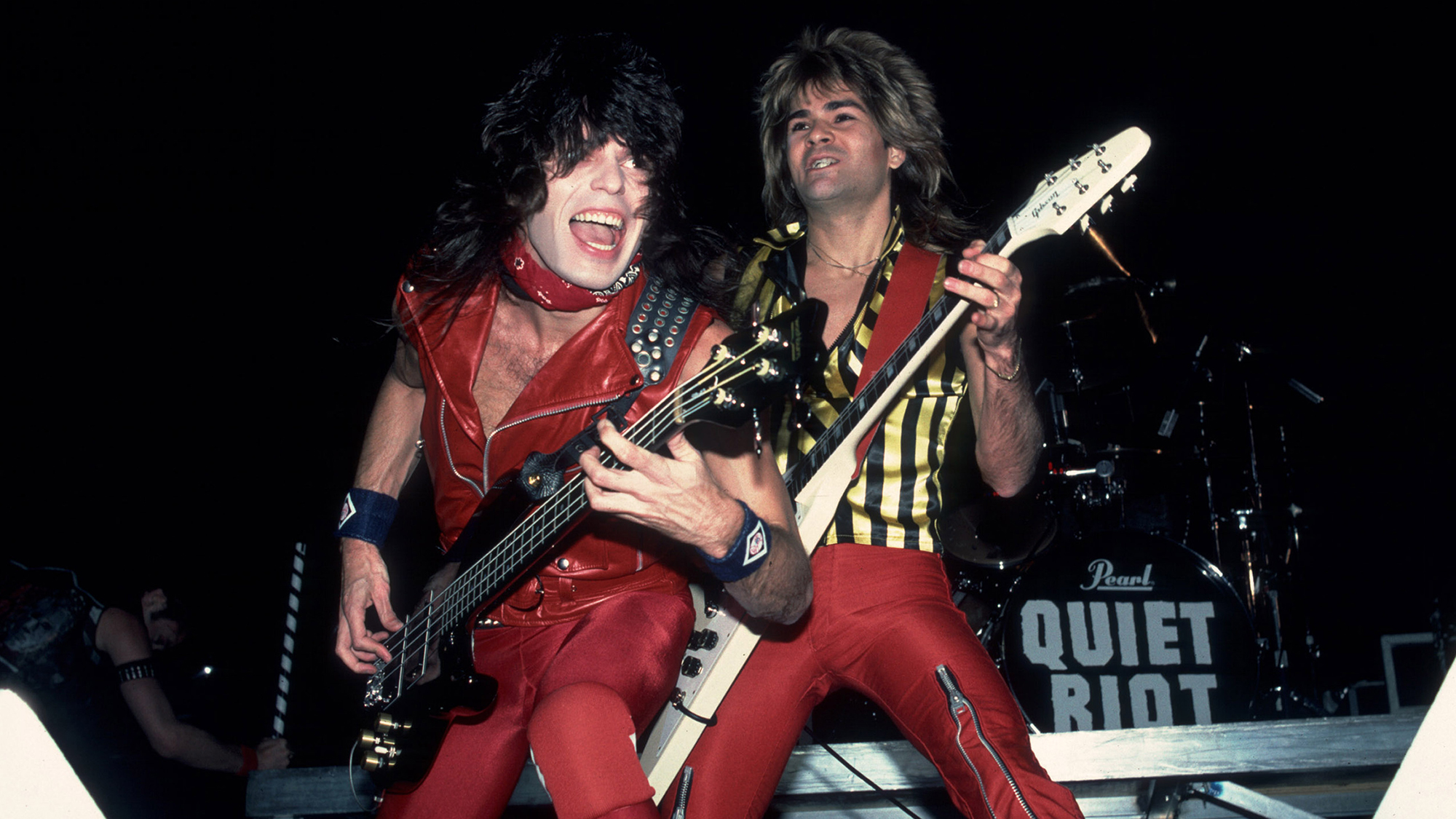
“Carlos was different. Randy focused more on diatonic writing; it was more musically advanced. But with Carlos, especially with his playing on ‘Cum on Feel the Noize,’ I think he set the bar very high from a melodic and thematic soloing sense. He was basically borrowing from the chorus’s melody and just implementing these variations on it. I think it was very clever, and it was perfect for that song.
“Our producer, Spencer Proffer, not only produced the record but owned the label [Pasha], the studio [Pasha Music House], and everything. But the only thing he cared about was 'Cum on Feel the Noize.' He basically said, ‘You guys can do anything you want with the rest of the record. I just need you to deliver this song that I feel will be a hit single.’
"And it worked! Metal Health got to number one, and by then we started thinking, Wow, we’re at the top of the mountain and headlining shows. But then it became more about doing a follow-up with more of the same attributes as Metal Health
"Whereas with a guitarist like Randy, we would have done something very different If you listen to the music he was writing with Ozzy, there’s an exponential advance in his musical knowledge."
Brad Gillis (Ozzy Osbourne)
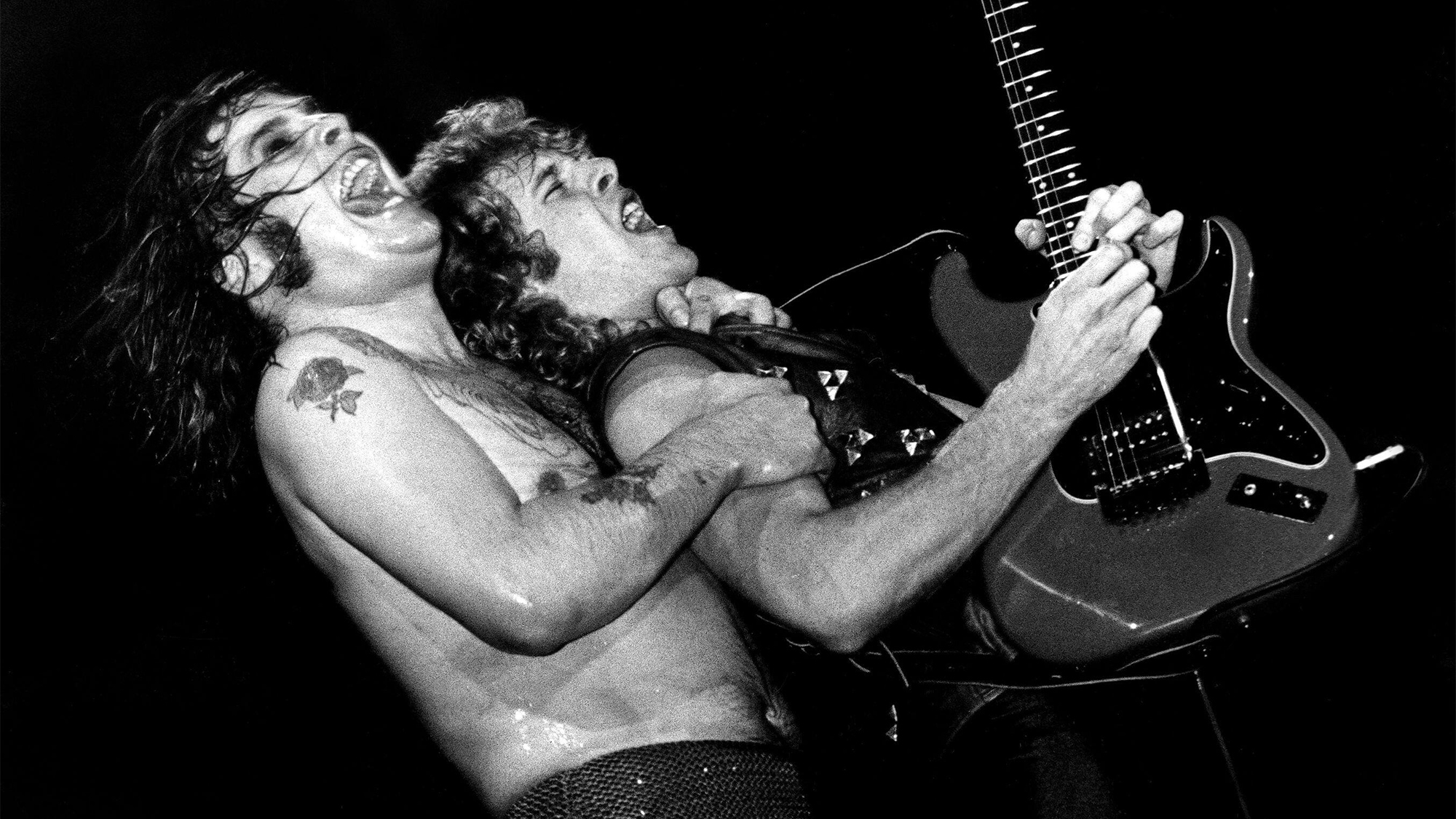
“By the time Brad Gillis came in to play with Ozzy, our goal was to finish the tour with dignity and for Randy’s memory. We just wanted to go out there and finish the tour with a guitar player who could put across the essence of Randy’s playing.
"It was really challenging, because Randy had just come out with this technique of palm muting, and a lot of guitar players did not have that down. So that was one of the biggest challenges that we found.
"But through a friend of [drummer] Tommy Aldridge, we were told about this young man in the San Francisco area who was playing covers of Ozzy songs and had gotten down that palm-muting technique.
"That’s how we became aware of Brad Gillis. He was tremendous. I gotta tell you: he was under so much pressure. I’ve gotta hand it to him for being able to handle it with so much grace.”
Tony MacAlpine (M.A.R.S.)
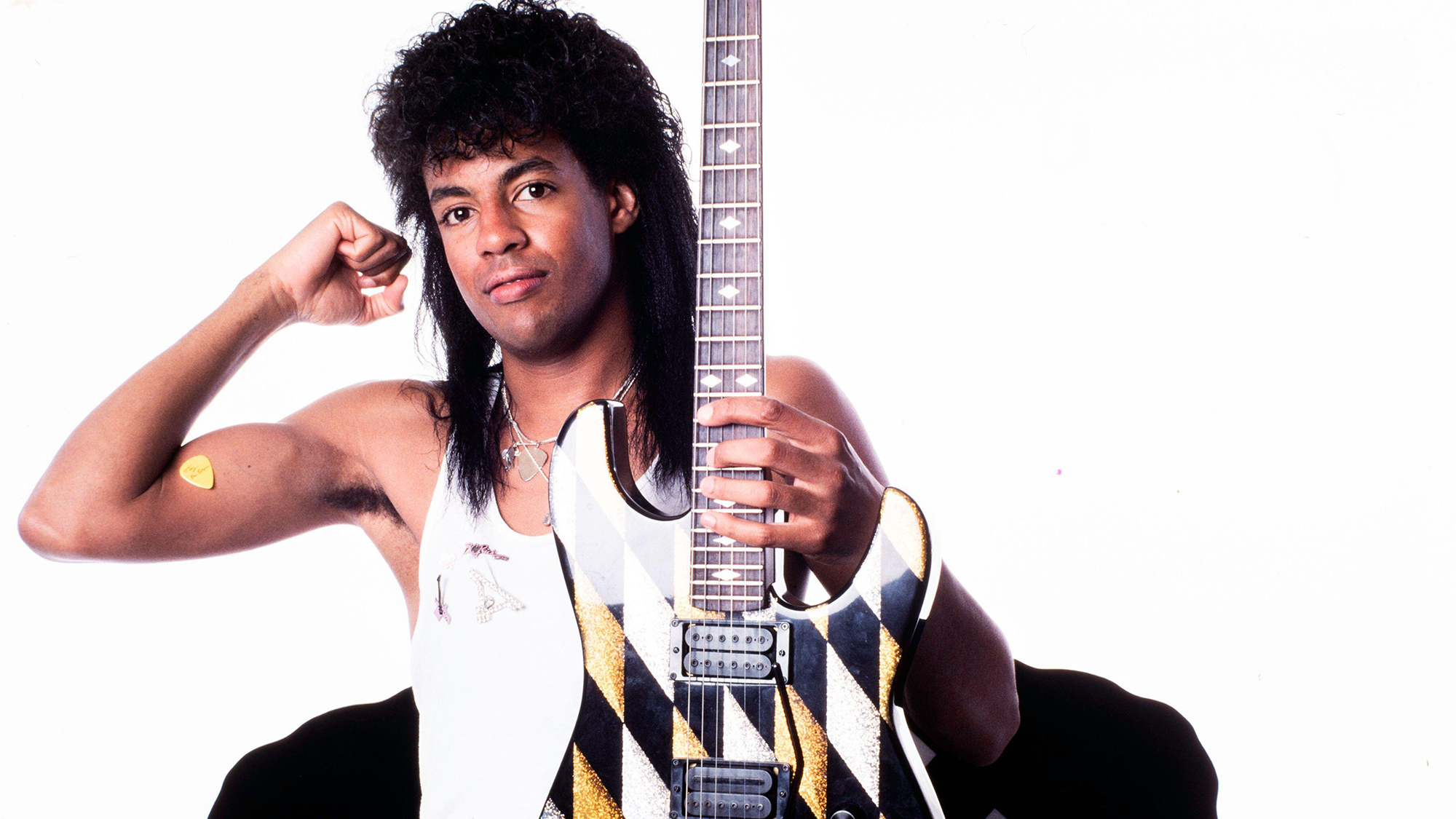
“Working with Tony on Project: Driver [the 1986 album by the supergroup M.A.R.S.] was a really interesting experience. Tony is a classically trained pianist. He told me that he started playing guitar because he fell in love with the sound of it.
“He was really into the tonality, expression, vibrato and harmonics that you can get with the guitar, whether you’re playing a chord or a solo. So he took his musical knowledge from the piano and classical music and applied that to rock and roll.
“But he had — and still does have — more of a progressive style than a rock and rolls style. Randy Rhoads could grab a guitar and play something inspired by Johnny Winter, which had the roots of rock and roll, but I did not really hear that from Tony MacAlpine.”
Adrian Vandenberg (Whitesnake)
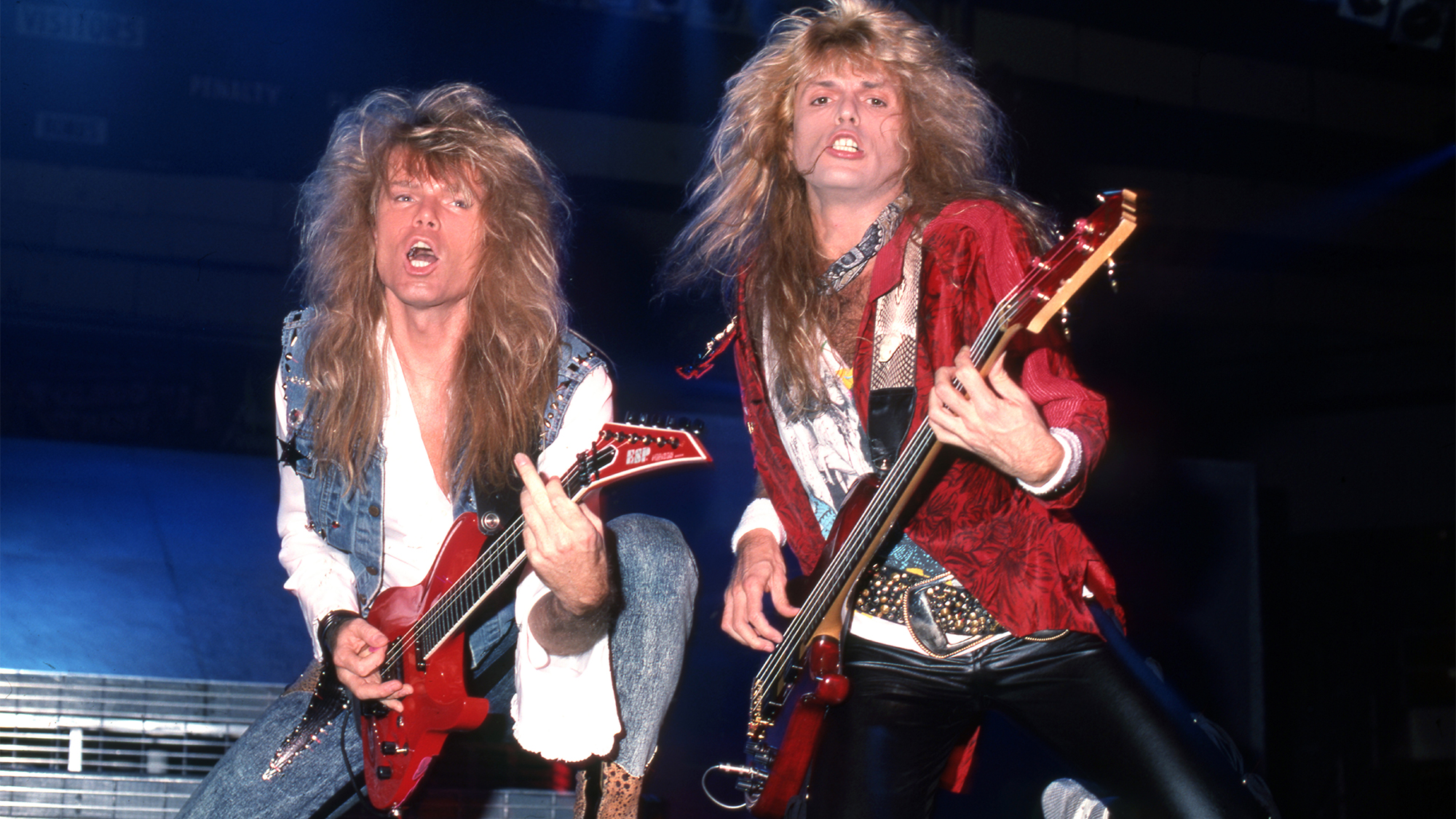
“With Adrian, it was all about blues-based rock with an English accent to it. But Adrian is very unique. You don't ask him to emulate some other player — he's not one of those guys. He’s like a painter who carries his own palette of colors, and he plays in a way that makes the music more vivid.
“Adrian joined Whitesnake after the 1987 album was completed and John Sykes left. He managed to assimilate all those things that John came up with that were so critical on the 1987 record.
"When Steve Vai joined, they were a really great combination. If one didn’t deliver, the other one would. They just complimented one another.”
Steve Vai (Whitesnake)
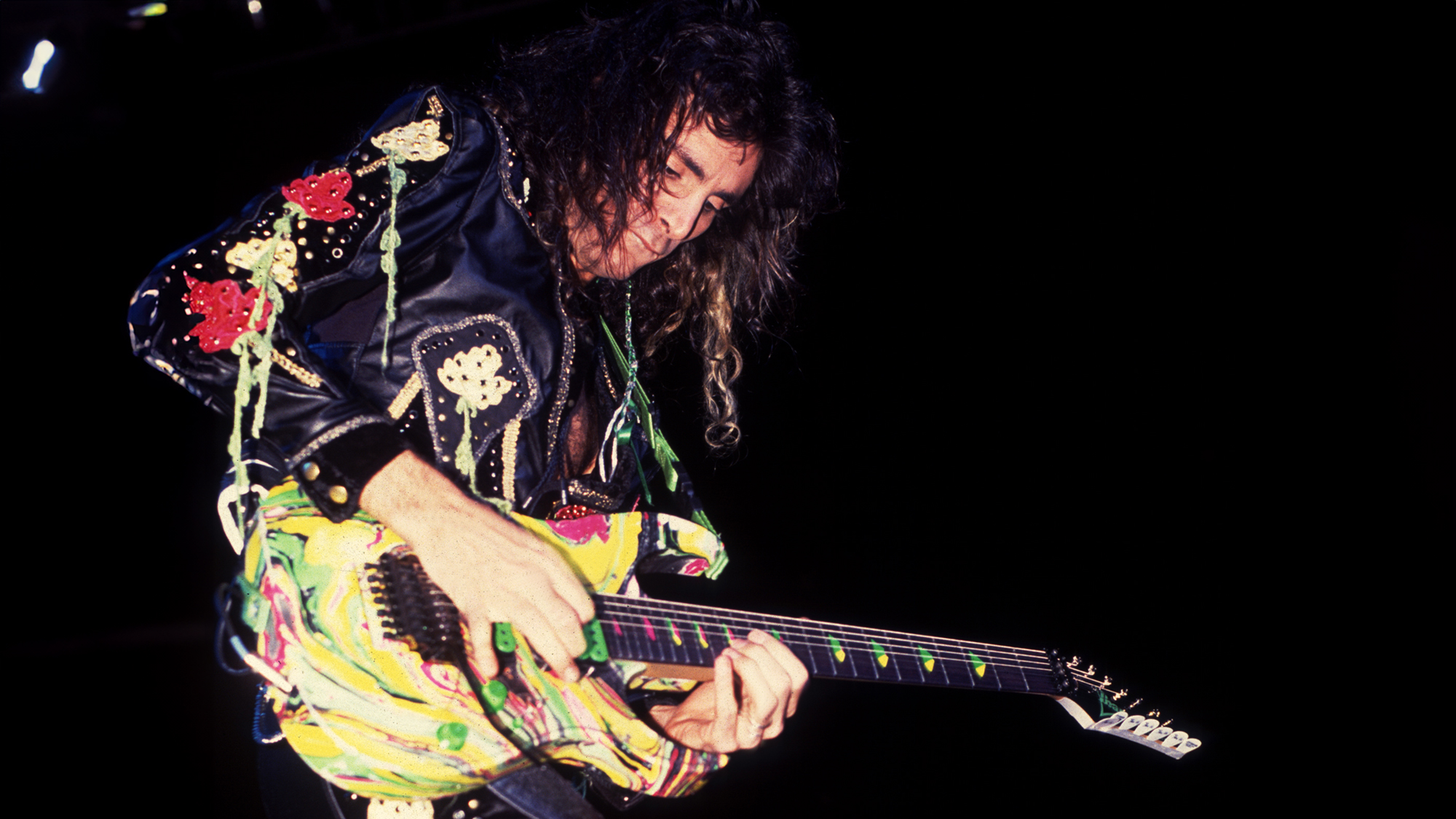
“I loved playing with Steve. He really challenged me musically, and that’s my favorite kind of bandmate — somebody whose challenges make me a better player. Steve is a really great human being, too. I learned a lot from him.
"Steve joined Whitesnake for [1989's] Slip of the Tongue, and those songs were written by Adrian Vandenberg. But Adrian suffered a wrist injury and could not record the album, so we went with Steve. I think that's why there’s a certain style to his playing that's not necessarily how he would done it if he'd been the song writer or there from the very beginning."
Doug Aldrich (Dio)
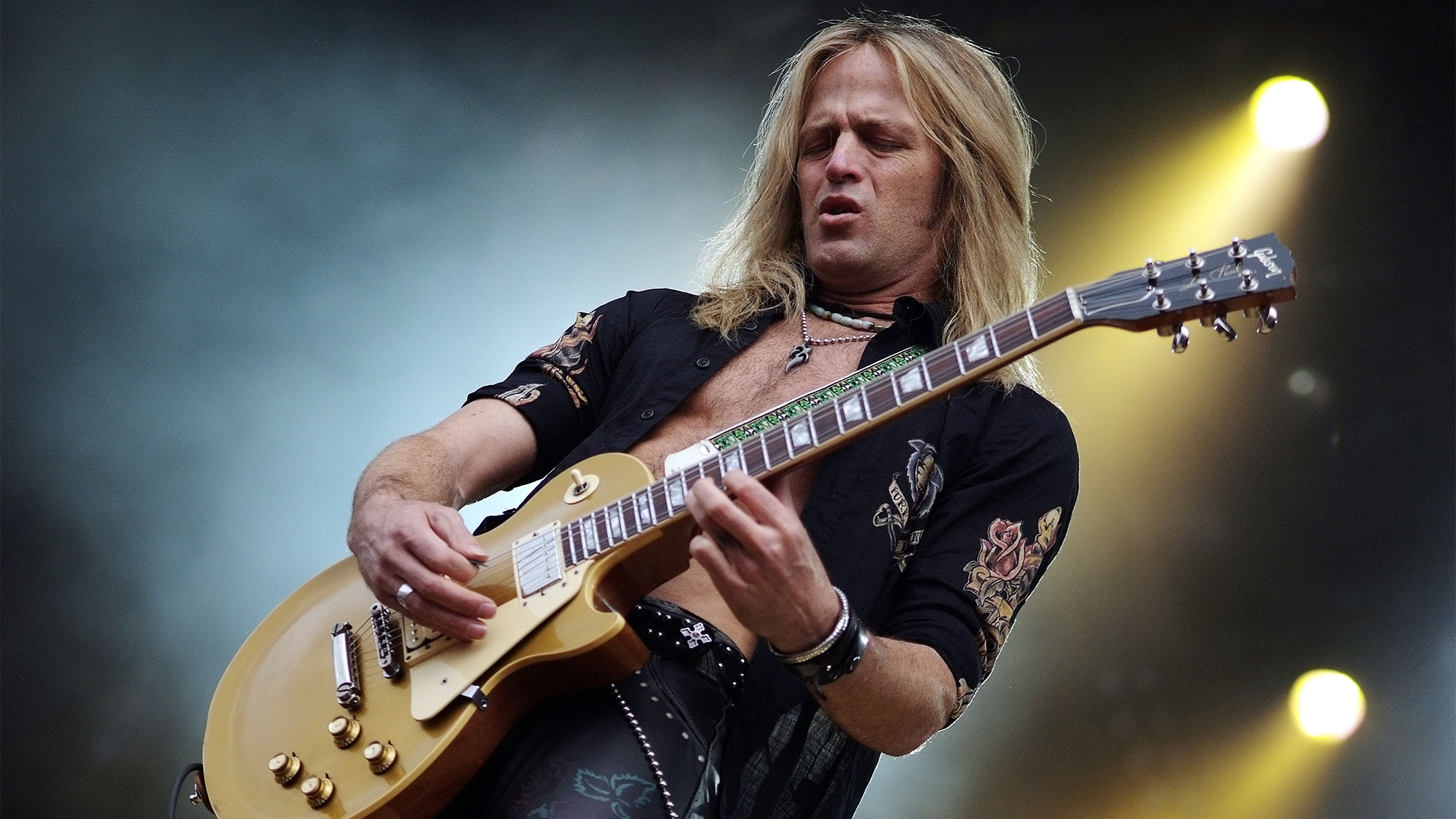
“Doug Aldrich covered all the bases, not just the Dio material but all the Rainbow and Black Sabbath material. Where Doug really shined was in his ability to capture the essence of these playing styles, without necessarily imitating, say, Tony Iommi or Ritchie Blackmore. When Doug played, it fit the song and made it strong. Doug could do that without actually playing exactly the same thing as them. It was like he was capturing the spirit of those other musicians.”
Alex Grossi (Quiet Riot)
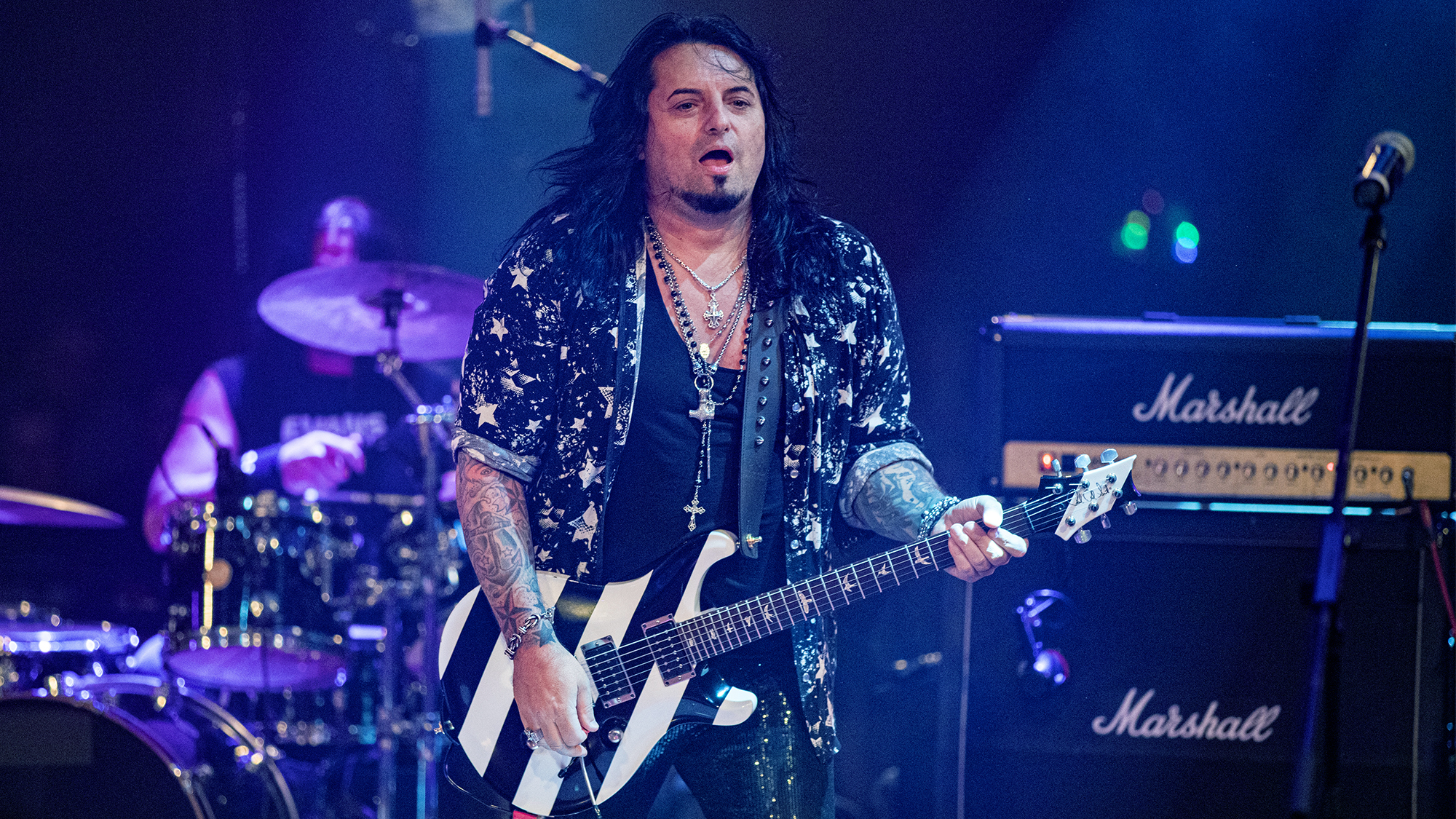
“Alex has been with Quiet Riot for about 20 years, and he was groomed by Kevin DuBrow. He’s the youngest guy in the band, so he wasn’t part of the ‘70s and ‘80s Hollywood scene, but he experienced it vicariously. So he’s incredibly knowledgeable, and I can count on him to come up with anything that we need. He can play the classics, but he’s also modern. I can always rely on Alex not only to deliver the goods every night onstage but to bring little surprises as well."
Andrew Daly is an iced-coffee-addicted, oddball Telecaster-playing, alfredo pasta-loving journalist from Long Island, NY, who, in addition to being a contributing writer for Guitar World, scribes for Rock Candy, Bass Player, Total Guitar, and Classic Rock History. Andrew has interviewed favorites like Ace Frehley, Johnny Marr, Vito Bratta, Bruce Kulick, Joe Perry, Brad Whitford, Rich Robinson, and Paul Stanley, while his all-time favorite (rhythm player), Keith Richards, continues to elude him.
"I thought, 'Jeez, how the hell did he do that?'" Phil Manzanera on the tone, tuning and technique of his teenage friend David Gilmour
“I felt so crestfallen. I wanted to throw my guitar away.” Alex Lifeson on the gig that made Rush feel like they’d made it — and how one audience member brought them crashing down to Earth
